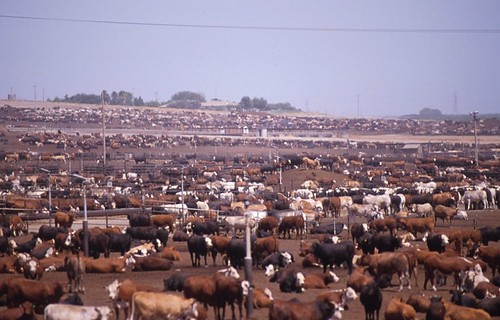You! Yes, You. The Long-time Reader
/This is for you. As you've likely noticed, I've been futzing with the site design, trying to figure out how to create a Janus-headed creature: promote the book and do my rant stuff, too. So I've created a new category --- The FUN Stuff --- which is code (it's a secret club! woo hoo!) for "All that random stuff I prefer blogging about. Which is a crap sentence but you get my drift.
I'll cross-post the content to other categories but the category will appear as a "page" in that header running horizontally about a third of the way down the initial screen. (Ha! How the hell could I know if it's a third or a quarter of a whatever given that I have no idea how your browser will present the front page.)
I thought about just using the existing "Random musings" category (and why did I not capitalize both words?) -- or finally caving to my desire for a "Random Rants" category. But the random stuff I like is --- well, random. Not necessarily a rant. Rants being special.
Anyway. So you know.
And notice: NO GODDAMN IMAGE. I hate hunting for images. Ugh.


